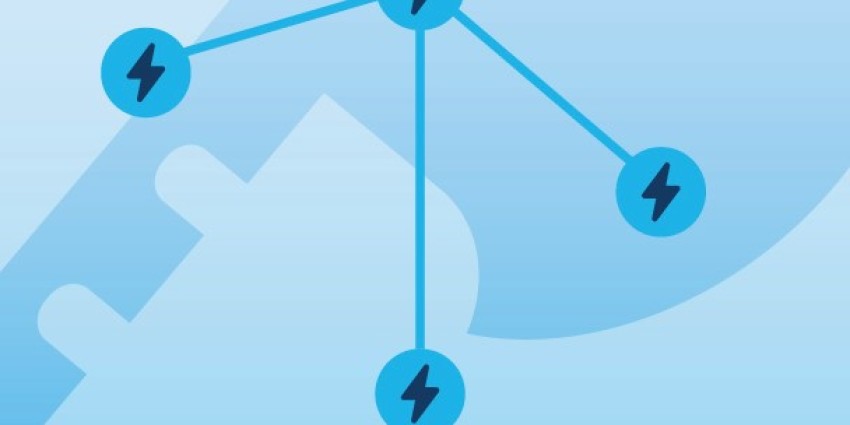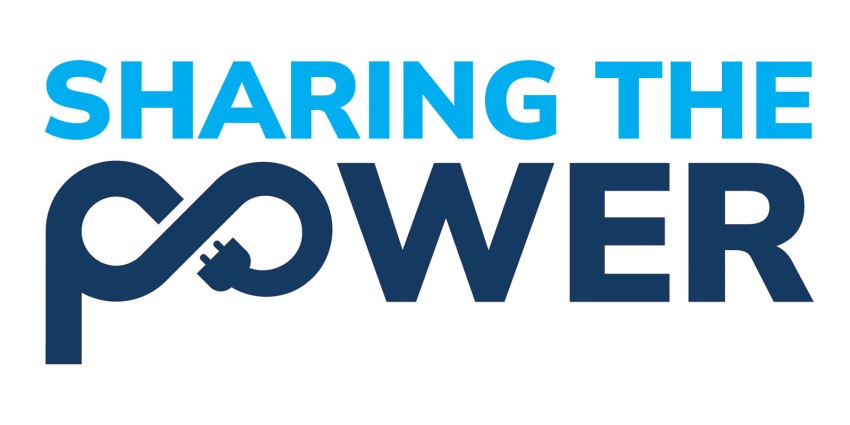- Following consultation, the Cook Government has announced the decision to extend protections to electricity customers in embedded networks and OPSA.
- Consultation on draft Regulations to prescribe these services and the initial version of the AES Code of Practice will happen soon.
Previously, we used the term Behind the Meter Services to describe solar Power Purchase Agreements and other similar services.
This term has now been changed to On-site Power Supply Arrangements (OPSA) to better reflect the nature of these services.
What is an OPSA?
An on-site power supply (OPS) arrangement or OPSA allows a customer to use all or part of the electricity from an energy system that is installed on their property. The OPS service provider owns the energy system, not the customer.
The customer also gets electricity from the grid, as well as from the OPS system.
A common example of an OPSA is where a business installs its own solar system on a customer’s rooftop. The customer often does not pay anything upfront for the system. Sometimes, customers pay for the electricity (on a cents per-unit basis). In other cases, customers pay a subscription fee to use or have access to the electricity provided by the solar system.
At the end of the OPSA contract term the customer will often take ownership of the energy system, either automatically or for a small fee.
OPSA is NOT an arrangement through:
- loans through a bank or finance company;
- where an energy system like solar panels and/or a battery are provided as part of a tenancy agreement; or
- outright purchase of an energy system like solar panels or a battery with no ongoing payments.
What happens if you get electricity through an OPSA?
OPSA often offer cost savings compared to grid electricity supply and an easy way to get an on-site energy system without the upfront costs.
The main drawback is the limited access to customer protections. For example, OPSA customers can’t go to the Energy and Water Ombudsman to help sort out a problem with their service provider.







